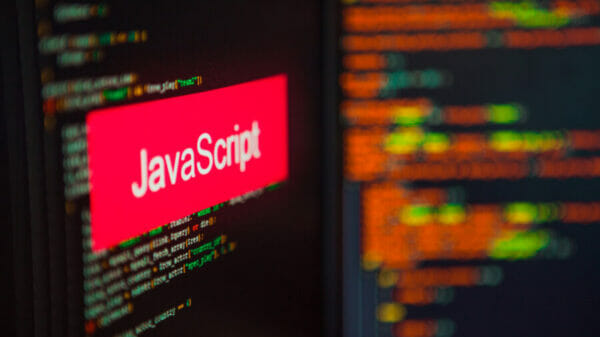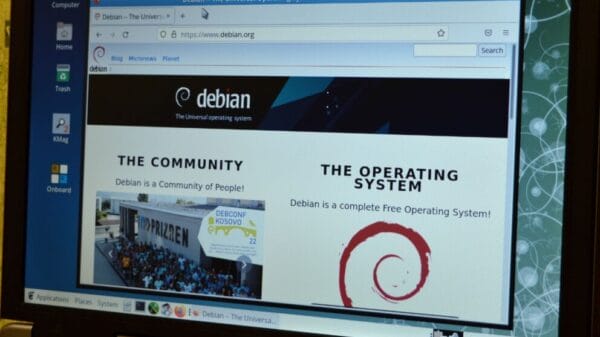Many individuals are still unfamiliar with the concept of “Linux,” despite its widespread use in powering numerous computers, servers, and various other devices around the world. While Linux has experienced significant growth over the past decade, one area where it still lags behind is in the realm of Desktop computing, also known as Linux Distributions.
Currently, the Linux desktop market share stands at 2.5%, a figure that may not come as a surprise given the dominance of Windows and macOS in the market. One of the reasons for the lesser popularity of Linux on desktops is the lack of awareness among people regarding its existence. If you find yourself in this category, let’s delve into what a Linux Distribution actually entails in this article.
Linux On Desktop: What Is A Linux Distribution?
A Linux distribution can be best described as an operating system consisting of various layers stacked on top of one another. Starting from the foundational layer, we have the Linux kernel, followed by GNU tools and libraries, Software, Windowing System, and Window Manager. At the topmost layer lies the Desktop Environment, serving as an alternative to mainstream operating systems like Windows and macOS.
To simplify, let’s use an analogy to explain Linux distribution – envision all the layers akin to the layers in a chocolate cake. The base represents the core of the cake (Kernel), followed by multiple layers with chocolate fillings in between (Libraries and tools). These crucial components not only impact the distribution’s performance but also enhance the user experience (The taste).
Subsequently, software is added to provide features to the OS, followed by the “icing on the cake” (pun intended), which is the Desktop Environment.
Choosing A Linux Distribution
Now that you have a grasp of what a Linux distribution entails, let’s explore the options available when selecting a suitable Linux distribution. This step can be quite daunting and confusing for beginners initiating their Linux journey. While there is a plethora of Linux distributions to choose from, we have curated a list of some of the top ones in our “best Linux distros” series (Distros = Abbreviation for Distributions), so be sure to explore them.
For the most part, beginners need not concern themselves with the intricate internal terminology like libraries and tools. Instead, one crucial aspect to consider when selecting a Linux distro is the Desktop Environment, which comprises UI elements that users interact with. Similarly, just as there are numerous Linux distros, there exist several desktop environments such as GNOME, KDE, MATE, Xfce, and more. If you are keen on discovering further, peruse our compilation of the finest desktop environments.
There’s a wealth of information about Linux distros beyond the surface, but for the sake of brevity in this “Short Bytes” series, we aim to provide a concise overview. Nevertheless, should this article spark your interest in Linux, you can explore our extensive collection of Linux how-to guides and explanations.
Share your thoughts on the Linux desktop in the comments section below.
Image Source: Rawpixel.com / Shutterstock















